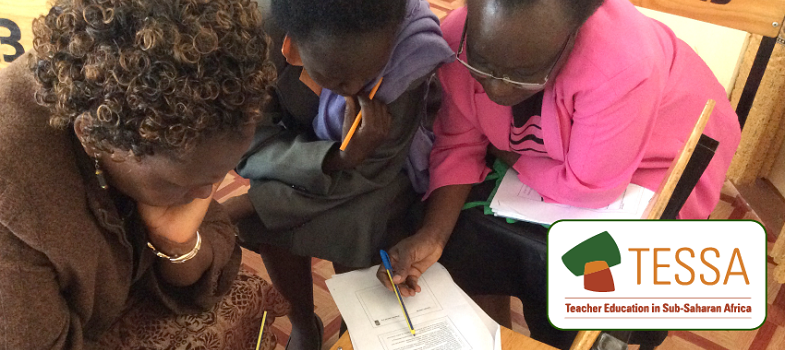Key Resource: Using the local community/environment as a resource
Introduction
It is important that you plan and prepare your lessons so that they stimulate your pupils’ interest. Part of this planning involves identifying resources that will engage your pupils in learning. One valuable resource you can explore and use is your local environment, where not only do you have people who have expertise in a wide range of topics but you also have access to a range of natural resources.
Using such dynamic resources will:
- motivate your pupils;
- stimulate their thinking;
- open their eyes to the richness and diversity around them;
- develop a link with the local community;
- provide you with support;
- link the curriculum to your pupils’ lives;
- introduce them to new experiences.
Using local experts in your classroom
Maybe you are doing some work on money in mathematics or you are doing pattern in your art lessons. How could you introduce these topics to your pupils in a way that will capture their interest? One way would be to invite in a local shopkeeper to talk about how they use money in their work or a local dressmaker who uses traditional patterned fabrics. Your pupils will be interested to hear about what the visitors do and will want to ask questions and so this needs to be carefully planned. If you choose to do this you need to be clear what you would like your pupils to gain and learn from the experience and then follow the steps below to prepare.
Before the visit
- Ask your principal/head teacher’s permission to invite the visitor.
- Identify who you would like to ask.
- Ask if they would be willing to come.
- Talk to your class about the visit and what they would like to know.
- Ask them to write an invitation to the visitor.
- Plan with your class the questions they want to ask.
- Agree together with your class who will do this.
- Discuss how you will sit when the visitor comes – in rows or in a horseshoe shape so that everyone can see.
- Confirm the visit with your guest and tell them what will happen.
- Ask them to bring some things to show the class.
On the day of the visit
Arrange for some pupils to meet the visitor at the appointed time at the school gate and bring them to the class. Introduce the visitor to the class and allow them to talk for a short time to the class about what they do (10–15 minutes), showing what they have brought if appropriate. Encourage your pupils to ask questions. When the visit is finished, ask one of your class to thank the visitor for coming.
After the visit
Think how you will use what your pupils have seen and heard. You could ask them to share their ideas in groups and make lists or posters of the key things they learned. You could plan more lessons using the ideas and information as the context for them to learn more about the topic. They could research more about the topic. They could share their ideas with other classes or their parents at a special parents evening or exhibition.
Using other local resources
The outside environment can be seen as a place to collect resources but it can also be an extension of your inside classroom. Here are some ideas about how to use the local environment to support, resource and extend your classroom teaching.
Living things
Wherever your school is, there will be a variety of living things that you could collect and bring into the classroom for shorts periods for your pupils to investigate and observe. You could do the collecting or you could take your class out to do the collecting. Bringing in leaves, for example, will enable pupils to study these more closely. Creatures such as praying mantis, certain spiders or other insects can be kept in suitable conditions/containers for a short period of time. Be clear what your pupils are going to learn and give them time to observe the creatures safely so they are not frightened and they do not frighten the animals either. Make sure they respect the animals and plants and understand how important these are to the community.
Local materials
There are many other things that you might be able to collect from the local environment – whether you are in a rural or urban setting – that might help you in the classroom. These include:
- rocks and stones to study;
- rocks and stones to use as counters;
- recyclable materials, such as card, paper, wire, wood, fabric, plastic containers.
All of these and many other materials could be gathered over time, so that when you want to do modelling with your class you have a stock of paper and card. Or when you want to do posters with your class about science you have some card for each group to write on. Always ask if you can have the materials you see. Ask your class to help you gather materials in advance of your lessons.
The extended classroom
Rather than bring the outside into the classroom, take your pupils out into the school grounds or further. If you decide to do this, always gain permission from the head teacher or principal beforehand. Taking pupils out to see the plants and animals in the real world will inspire more pupils. Taking them out to look at the way the environment is used, buildings are laid, the local stream flows or where the cattle graze will interest your pupils more and stimulate their deeper thinking skills if you plan challenging activities for them to do.
Select the next Key Resource you are interested in by clicking on the resource titles on the left-hand side of this screen.



